Introduction
Stage lighting isn't just an accessory to a performance; it's a pivotal part of the show that can make or break the audience's experience. The art of selecting and collocating stage lighting fixtures transcends mere aesthetics—it has the power to elevate a performance, drawing the audience deeper into the narrative or theme. Quality lighting accentuates the essential elements of a show, creates visual depth, and stirs emotional resonance. Conversely, suboptimal choices in lighting fixtures can result in a disjointed experience, distracting from pivotal moments and potentially undermining the hard work of performers and directors alike. Given these stakes, having a comprehensive guide on how to meticulously choose and skillfully arrange stage lighting is indispensable.
What are the factors to consider when choosing lighting fixtures?
Choosing the optimal lighting equipment for a stage show involves meticulous attention to a multitude of elements. Here are the fundamental aspects to consider:
Performance Objectives and Needs
The lighting necessities for each performance are highly distinct. It could be a theatrical drama, a high-octane music gig, or an animated dance showcase—each demands its unique lighting setup. Grasping the ambiance, emotion, and thematic elements of the performance is crucial for making an informed decision on stage lighting equipment and methods.
Spatial Constraints and Design of the Venue
The dimensions and architecture of the location where the performance is held are pivotal in determining the appropriate stage lighting solutions. For a grand auditorium, you may need robust fixtures capable of extensive throw distances. Conversely, a more intimate venue may call for smaller, more flexible lighting solutions.
Opt for Stage-Specific Lighting Gear
It's advisable to go for lighting fixtures that are engineered specifically for stage applications. These fixtures are built to endure the rigors of live shows, including features like water resistance, dust-proofing, and automated controls.
How to achieve effective collocation of stage lighting fixtures?
After securing the right types of stage lighting fixtures, the ensuing step involves their effective arrangement and positioning. Mastering the art of stage lighting layout is crucial as it has a significant impact on the audience's overall experience. Here are some guidelines to craft an enchanting lighting scheme:
Strategically Position Your Lighting Fixtures
The key to evenly lit stages and emphasis on focal points lies in the judicious placement of your lighting fixtures. Intentional positioning will add layers of depth and dimension, making both the performers and stage elements stand out.
Leverage Advanced Lighting Control Systems
Utilizing a high-end control system for your lighting allows for a greater degree of accuracy and adaptability in executing lighting effects. Automated functionalities offer synchronized actions, fluid transitions, and the convenience to store and retrieve elaborate lighting configurations.
Prioritize the Interplay of Color and Brightness
The synergy of color and light intensity sets the performance's tone. Experimentation with varying shades and levels of brightness can help achieve visually compelling scenes that resonate with the emotional and thematic aspects of the performance.
Product Highlight: 36x3W RGBW Moving Head Light:
LM108 Stage Lights, your ultimate lighting solution. Engineered with a high-speed servo motor and 36 x 3W RGBW LEDs, this device delivers bright, laser-like beams up to 6 meters. Switch effortlessly between Auto, Sound, DMX, and Master-slave modes for dynamic lighting effects. Perfect for bars, clubs, and DJ events. Designed to work in -20℃ to 40℃
Betopper 36x3W RGBW Moving Head Lights
- Light source: 36*3W high-brightness LED(R8 G10 B10 W8)
- Source life: 50,000hours
- Voltage: 100-240V AC/ 50-60HZ
- Rating power: 150W
- Control mode: Sound/ Auto/ DMX/ Master-slave
- DMX Channel:9/16
- Size: 260*165*265mm
- W./G.W.(kg): 4.8/5.6kg
In essence, the choice and arrangement of stage lighting equipment are pivotal for the triumph of any live show. Grasping the performance's objectives, accounting for the venue's dimensions and architecture, and opting for dedicated lighting gear are critical elements to weigh when picking out stage lighting fixtures. Beyond that, the strategic deployment of lighting fixtures, the utilization of an advanced control system, and the manipulation of color and brightness dynamics collectively contribute to a mesmerizing lighting spectacle. When it comes to quality stage lighting fixtures, Betopper LM108 stage light is a recommended choice.
How to Collocate Stage Lighting Fixtures
Collocating stage lighting fixtures is both an art and a science, requiring a balanced approach that combines technical expertise with creative intuition. Below are some of the essential guidelines to help you create an impeccable stage lighting arrangement.
Understand the Performance SpaceDimensions: Measure the dimensions of the stage to understand how much light will be needed.
Structural Elements: Take note of any structural elements that may interfere with lighting, such as columns or overhangs.
Define the Mood and Theme
Mood: Lighting should align with the mood of the performance. Soft lighting could be used for romantic scenes, while harsh lighting may be more suitable for dramatic moments.
Theme: The lighting colors and effects should also support the theme of the event, be it a musical, a lecture, or a dance show.
Choose the Right Types of LightsSpotlights: For highlighting specific performers or stage elements.
Floodlights: To create a general wash of light across the stage.
LEDs: For energy efficiency and the ability to change colors dynamically.
Plan Light Angles and HeightsFront Lighting: This angle illuminates the performers' faces, making them visible to the audience.
Back Lighting: Creates depth and can help to silhouette performers.
Side Lighting: Adds texture and dimension to performers and stage elements.
Layer Your LightsKey Lighting: The primary source of illumination.
Fill Lighting: Used to eliminate shadows created by the key light.
Accent Lighting: Adds extra flair, like spotlighting or effects.
Test and IterateRun a series of tests to see how the lighting looks from different angles and seats in the venue.
Make adjustments as needed and continue to test until you achieve the desired effects.
Mastering the art and science of stage lighting collocation is not merely a technical endeavor but a creative pursuit that elevates the entire performance experience. By carefully considering the performance space, aligning lighting with the mood and theme, selecting the appropriate types of lights, and meticulously planning light angles and layers, you can create a visually and emotionally engaging atmosphere. Testing and iterating are essential steps to refine your lighting scheme, ensuring it aligns with the vision of the performance while captivating the audience. Whether you are a novice or a seasoned professional, these guidelines serve as a comprehensive roadmap for achieving stage lighting excellence.
We also invite you to visit our dedicated website https://betopperdj.com to discover more high-quality stage lighting products. Let's jointly pay the finest tribute to the art of stagecraft!










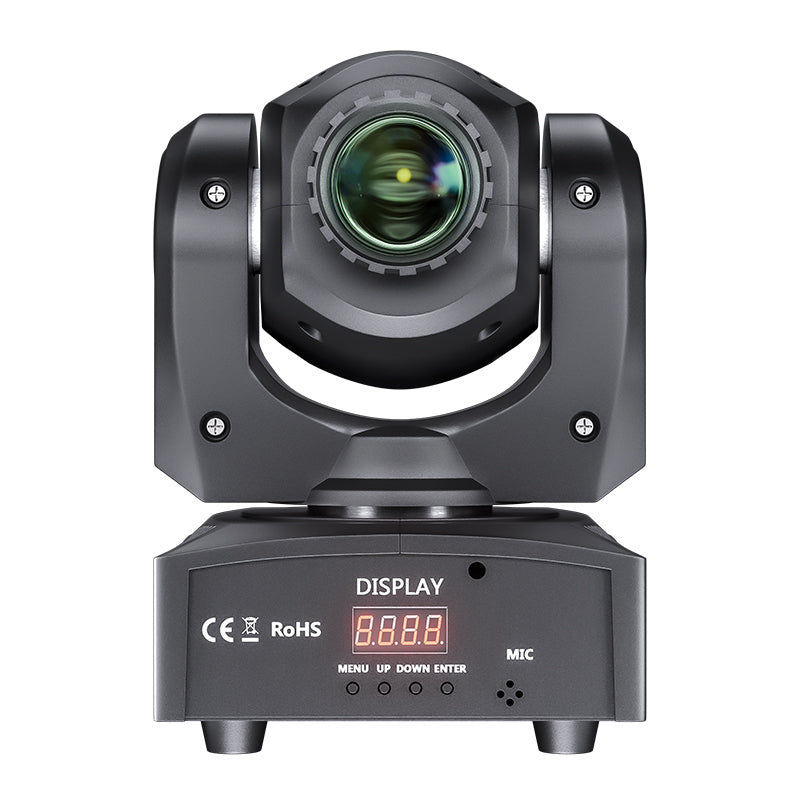
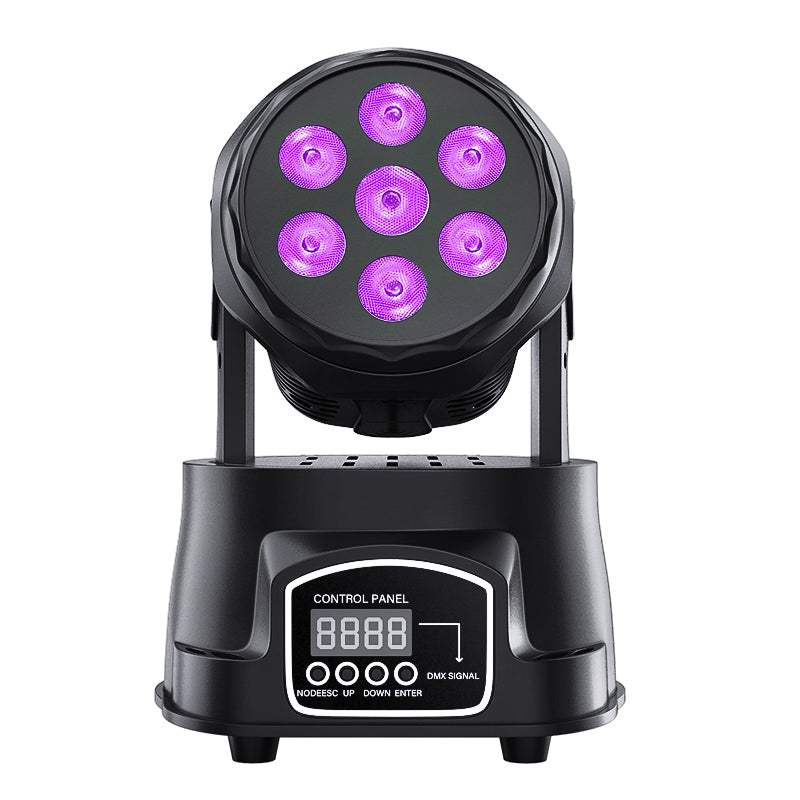
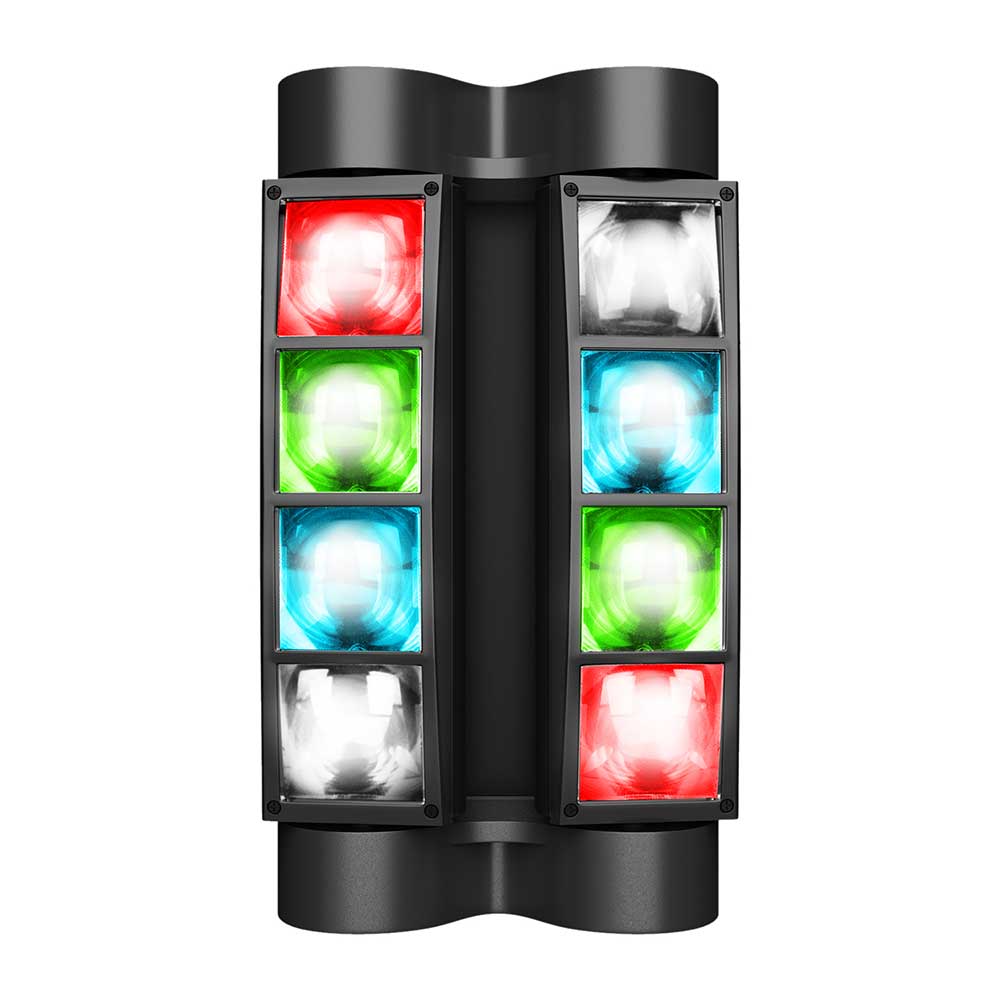

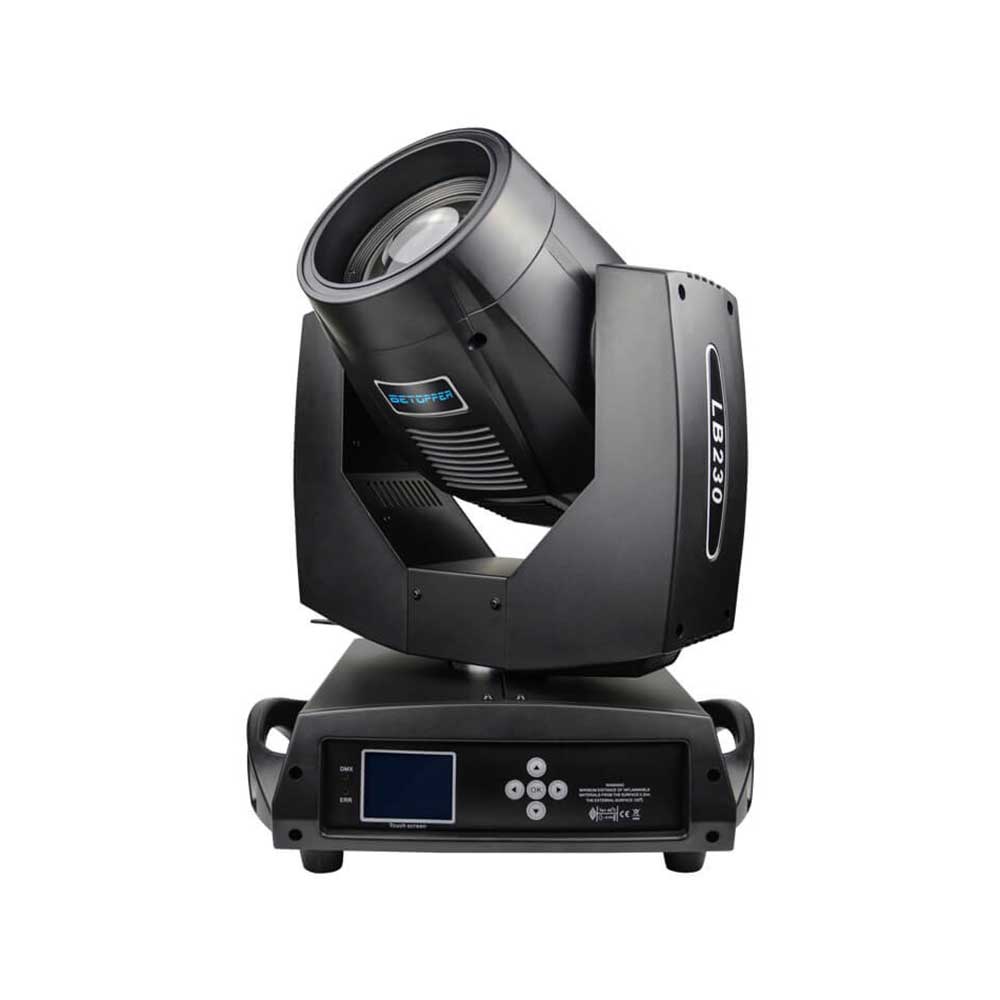

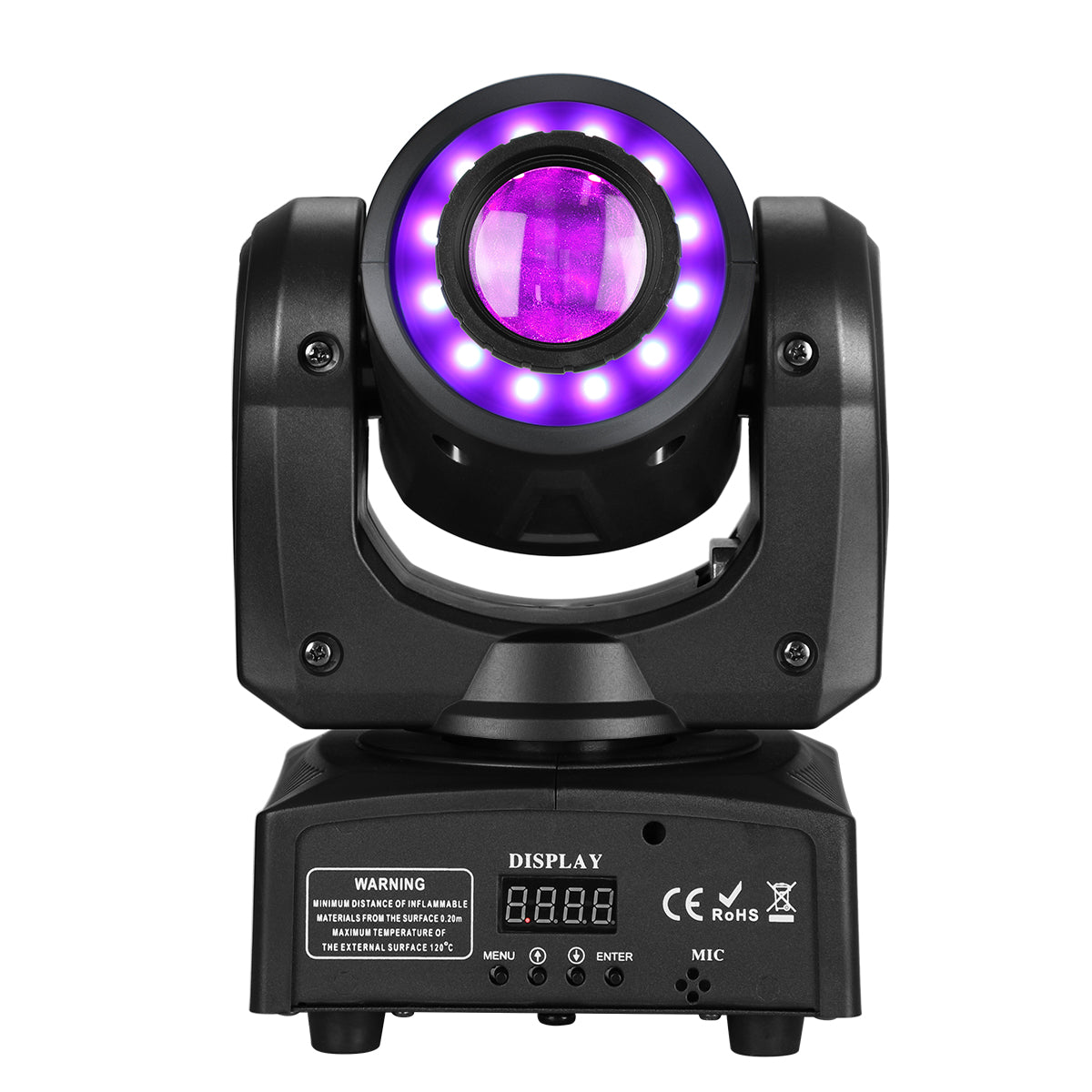
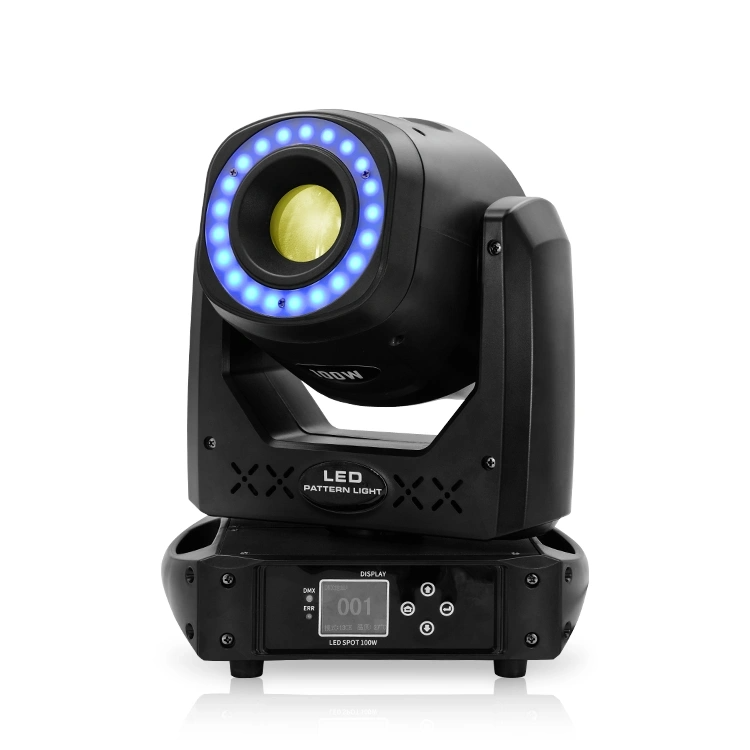








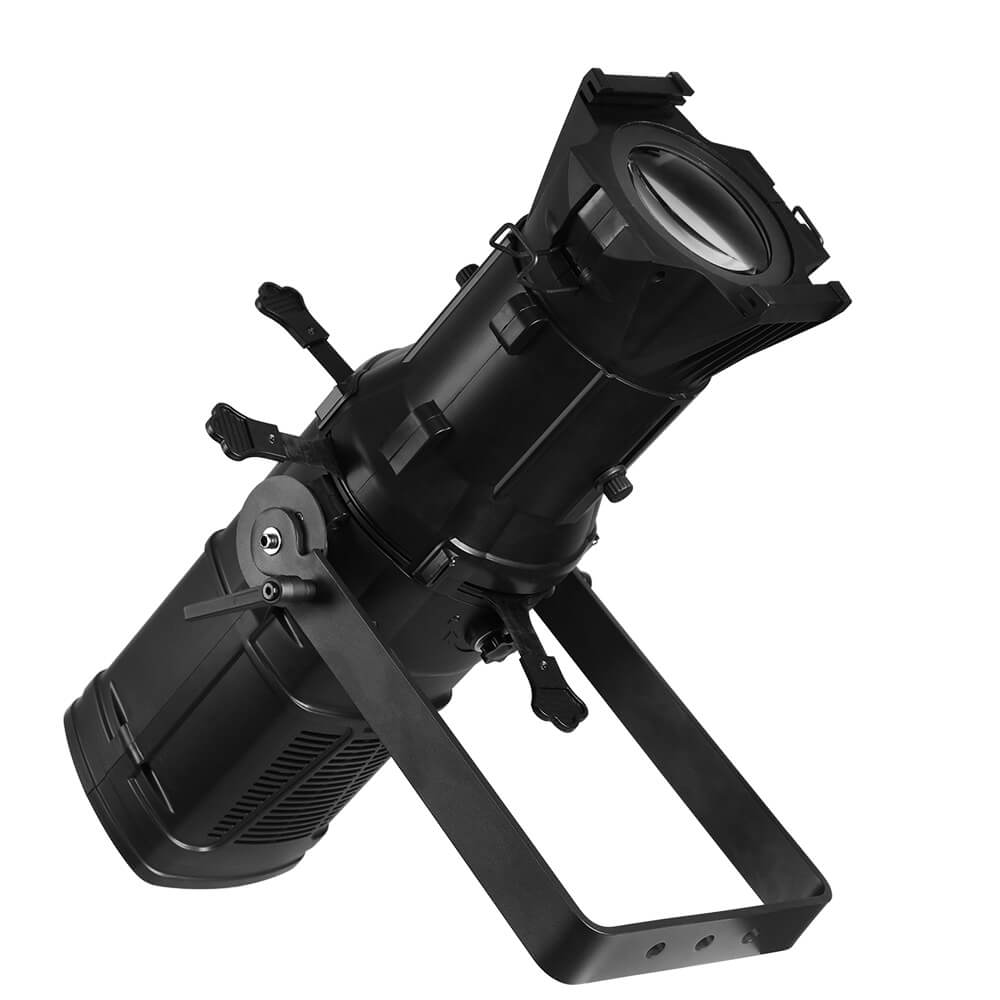
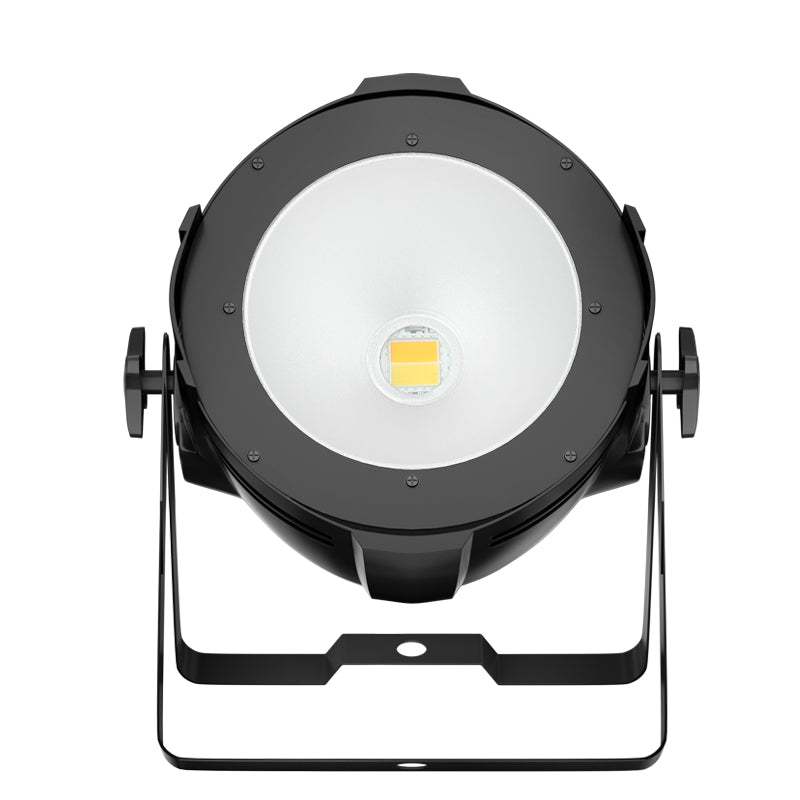

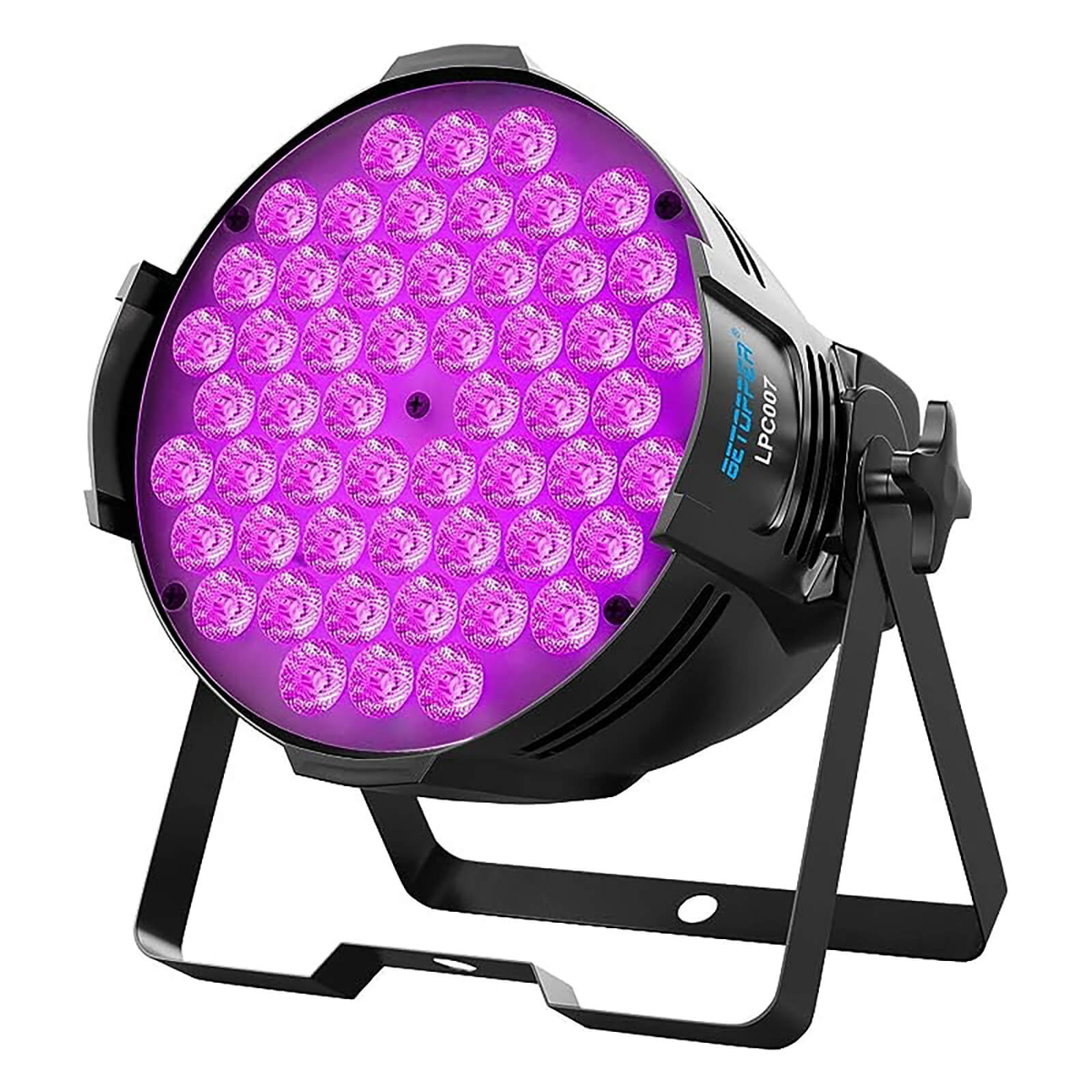





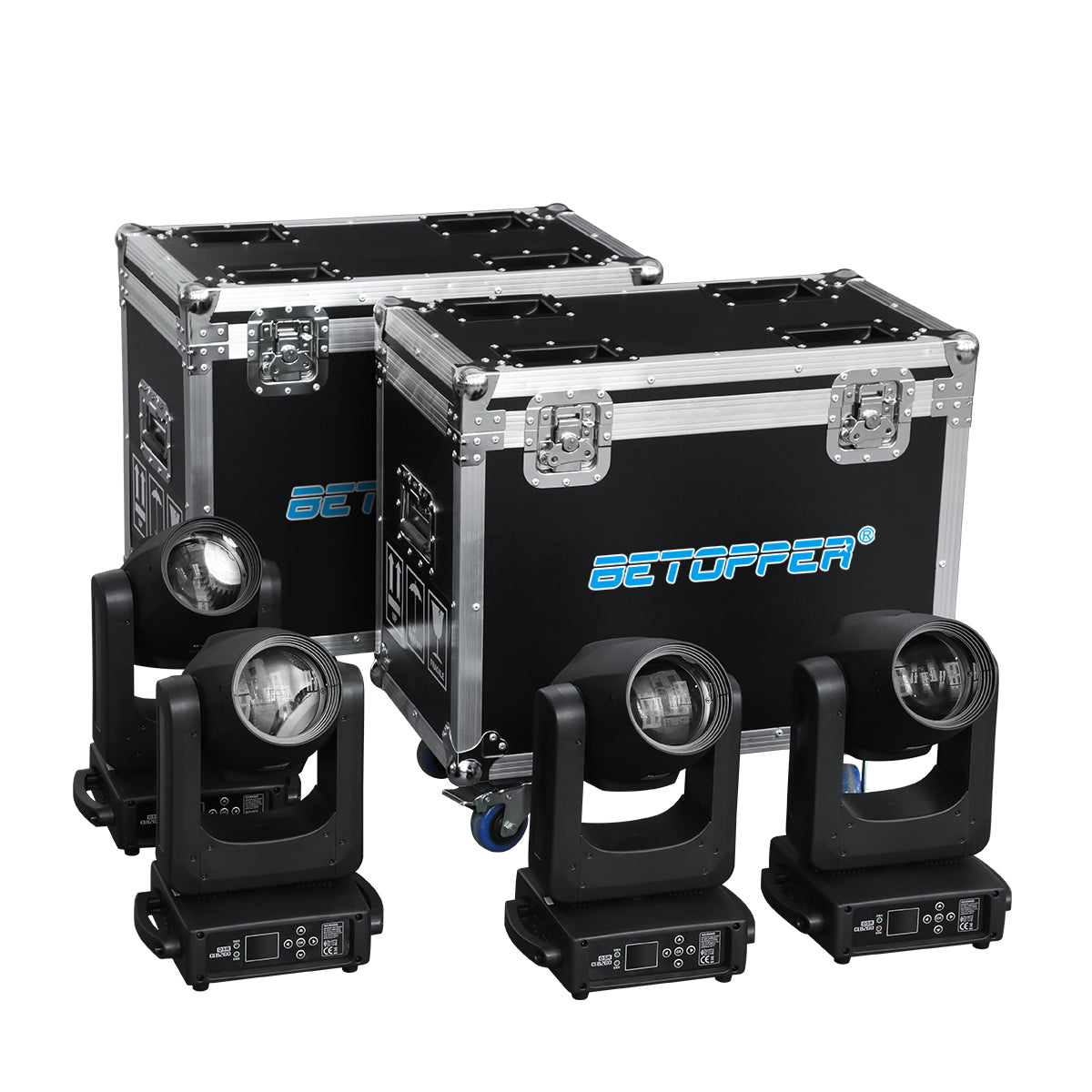
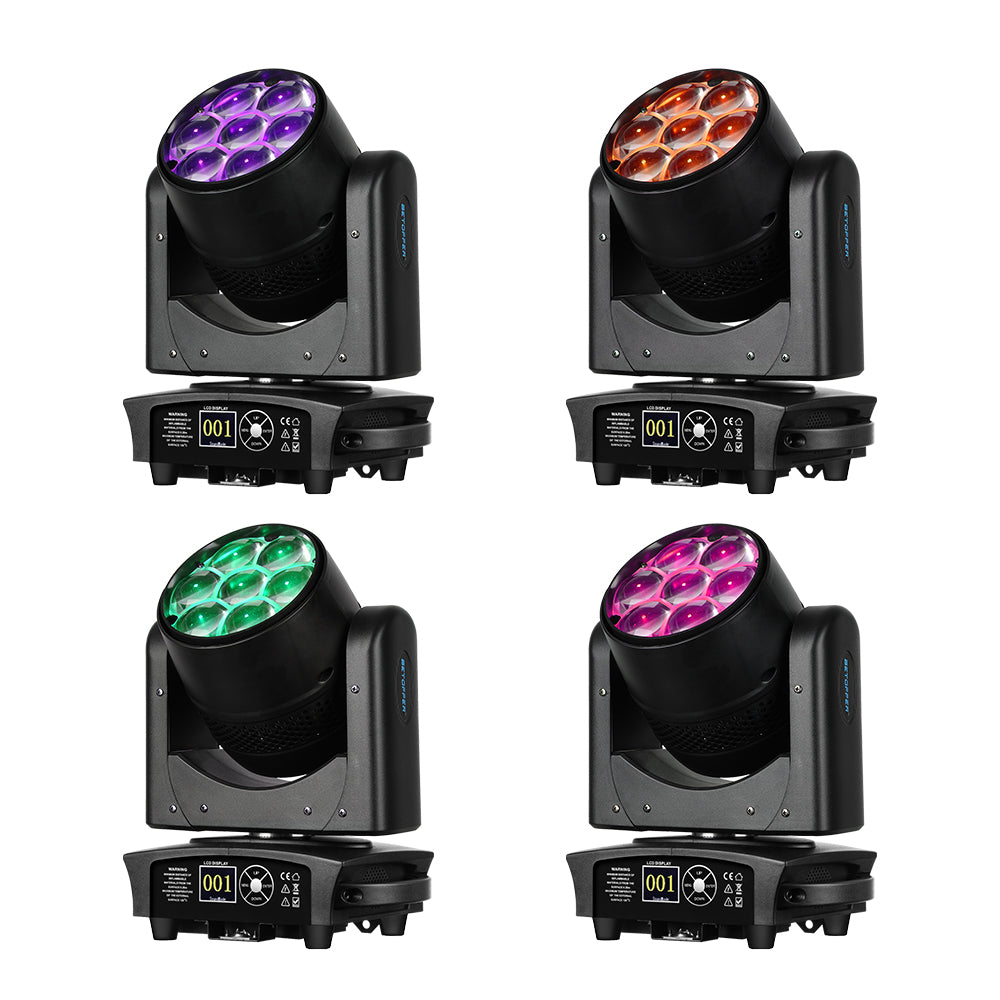
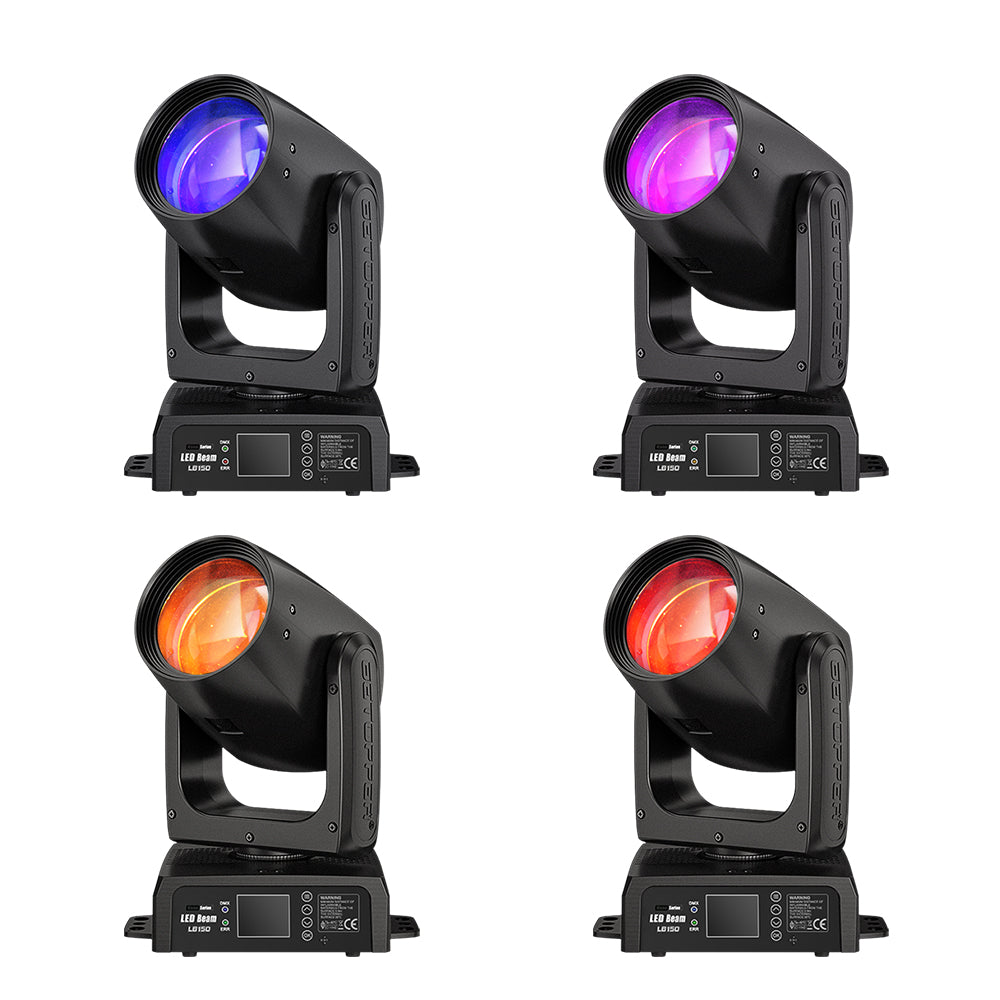

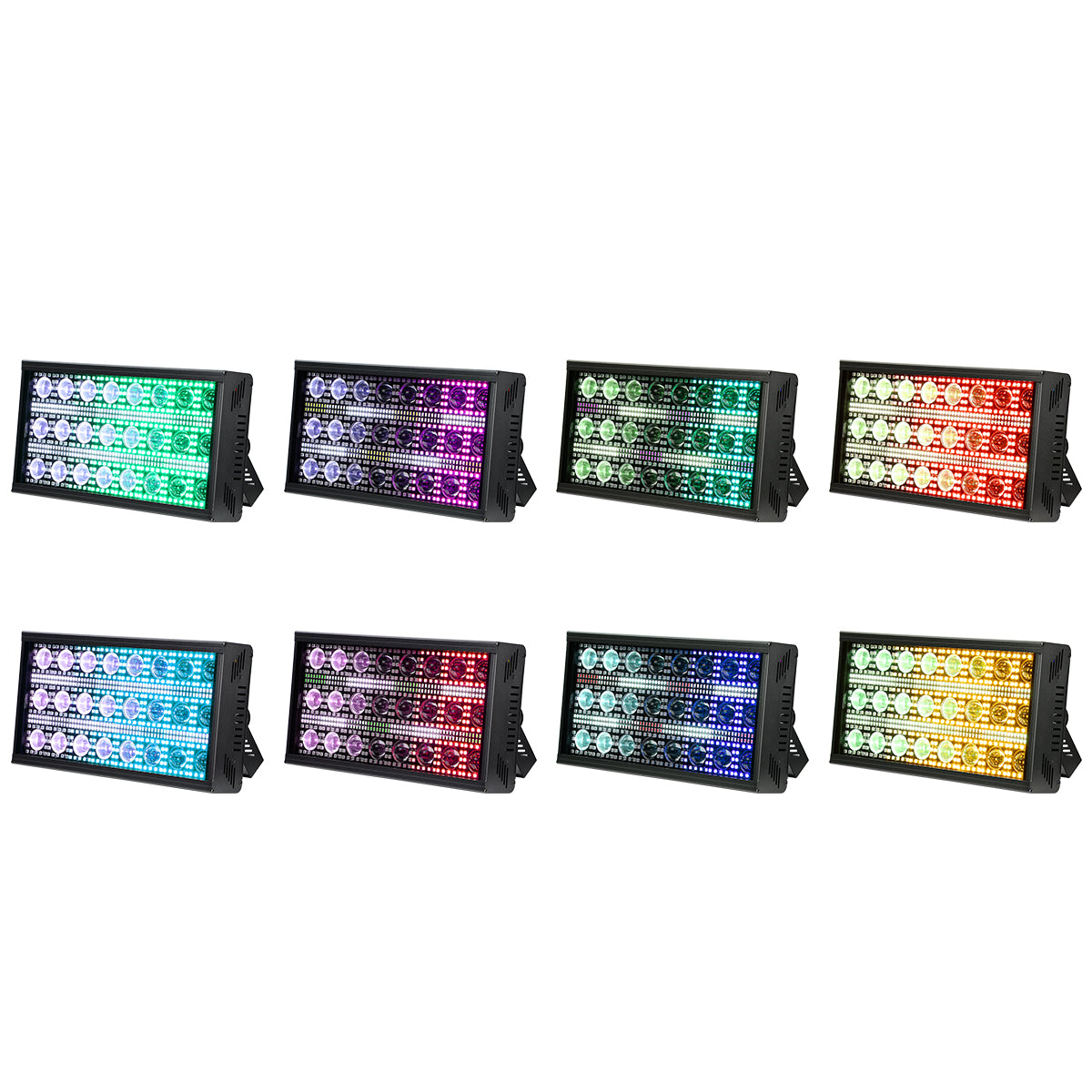
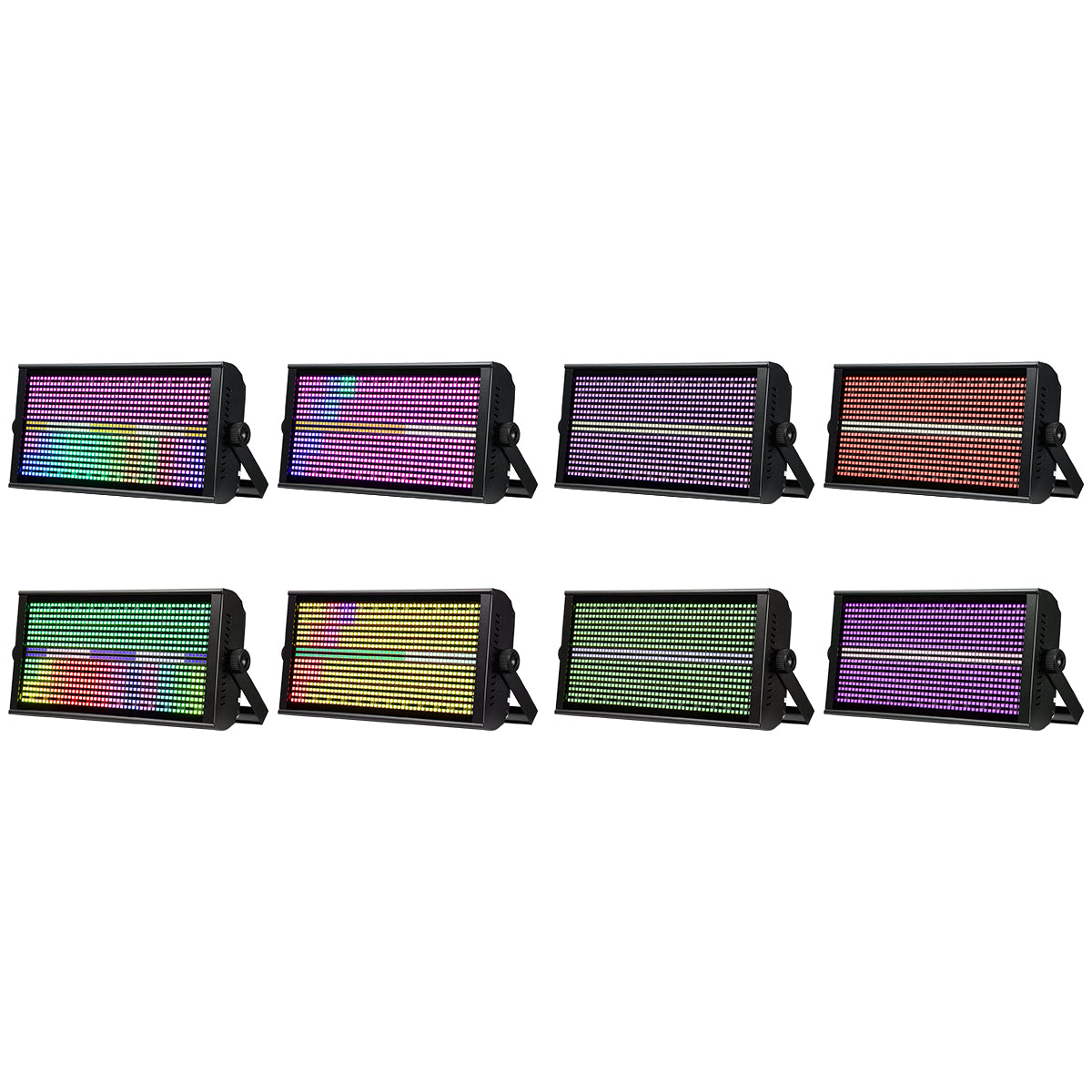
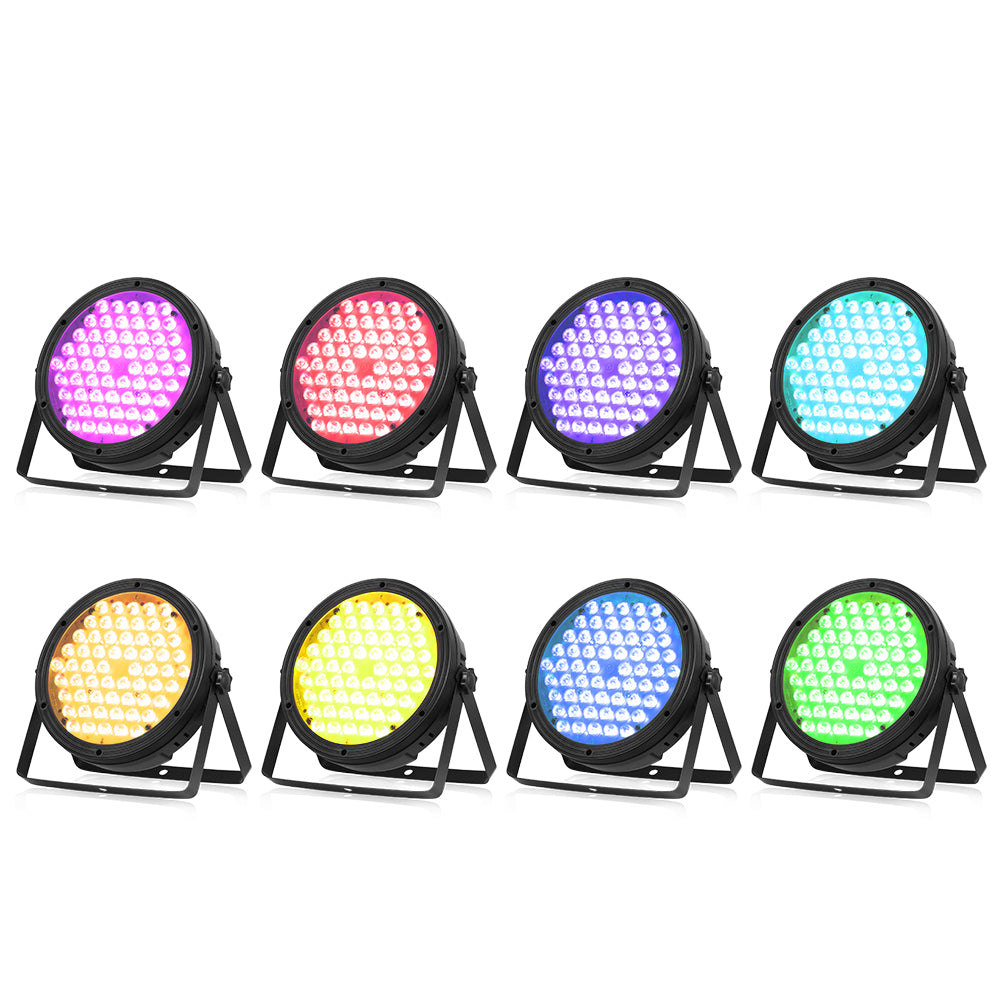

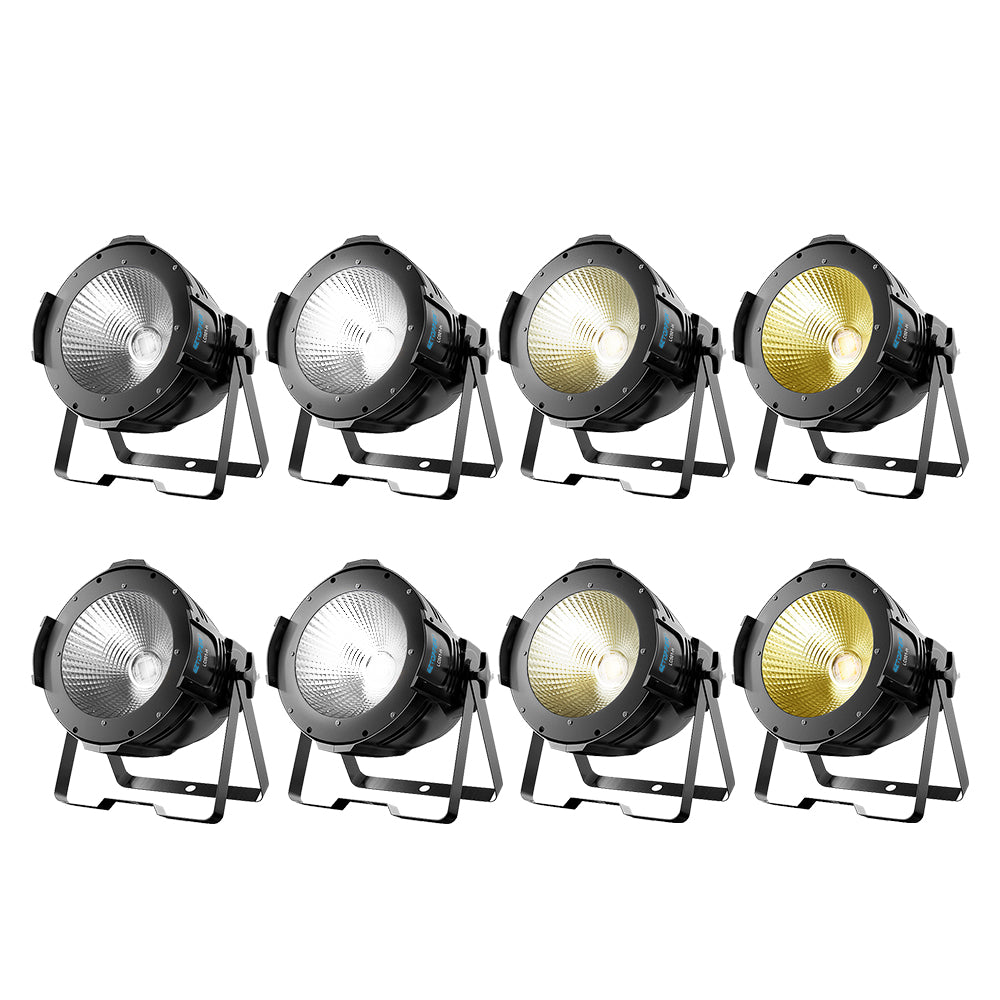
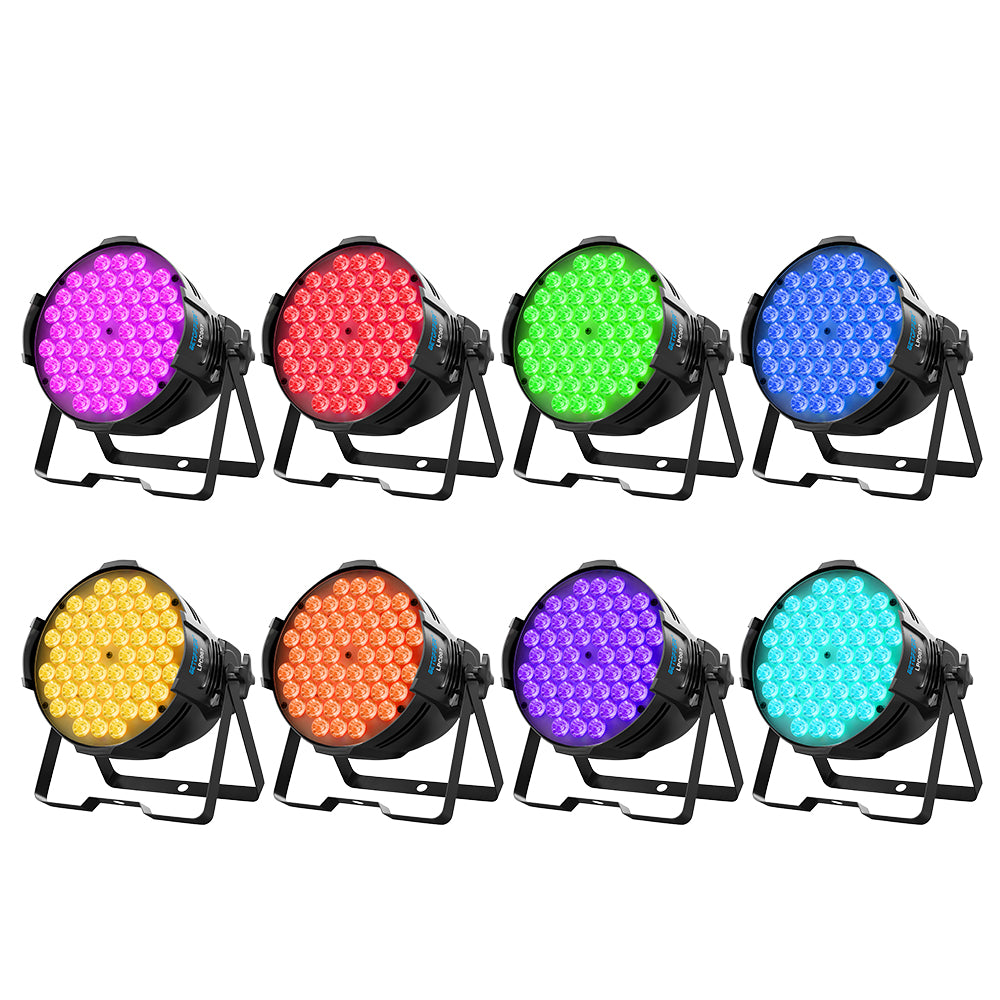



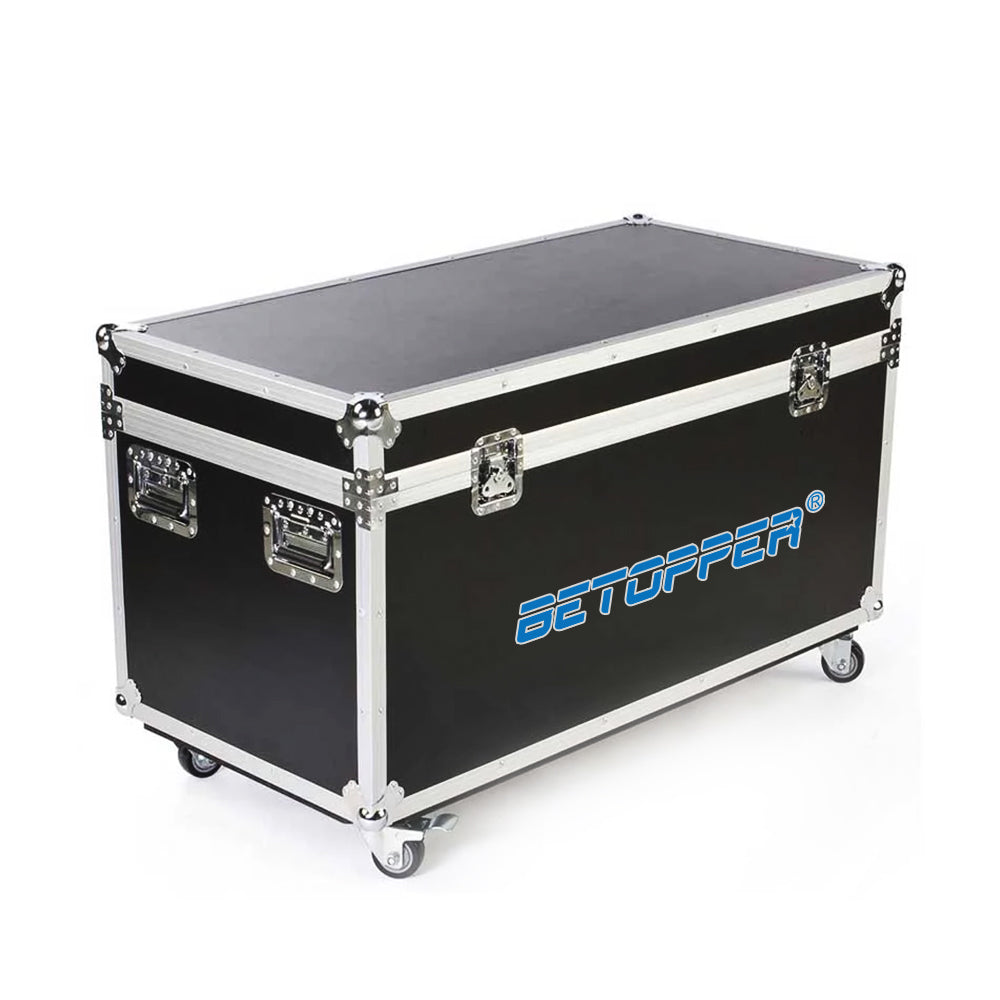
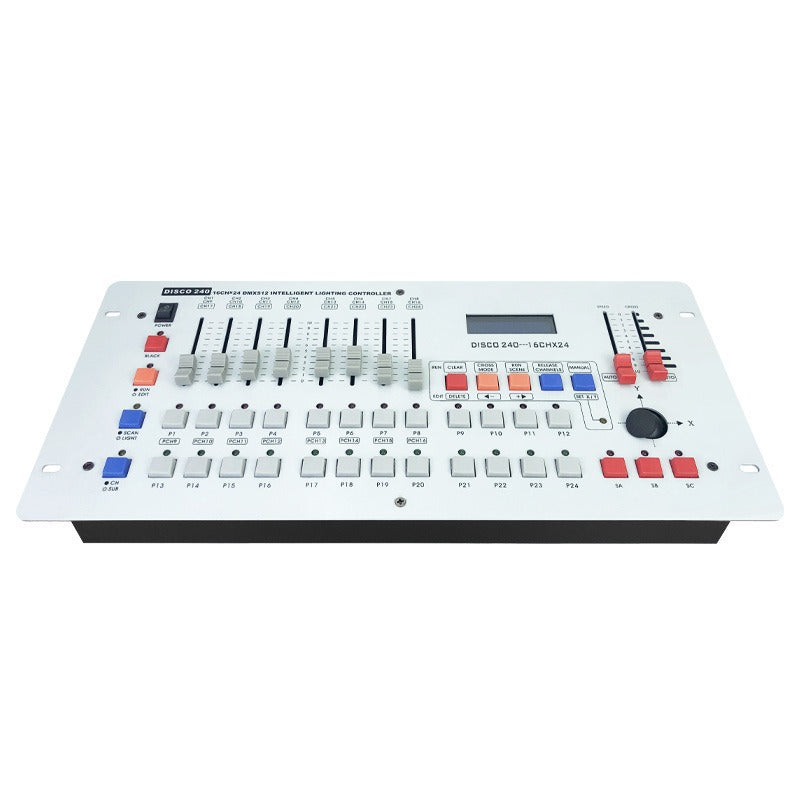

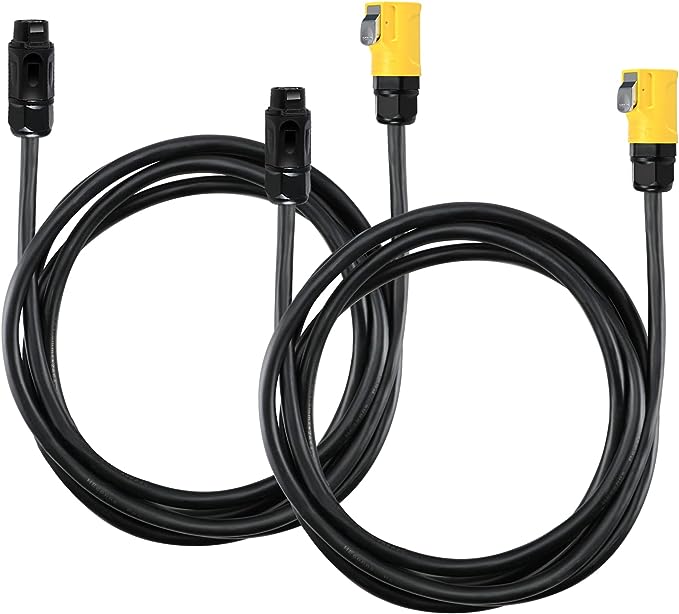



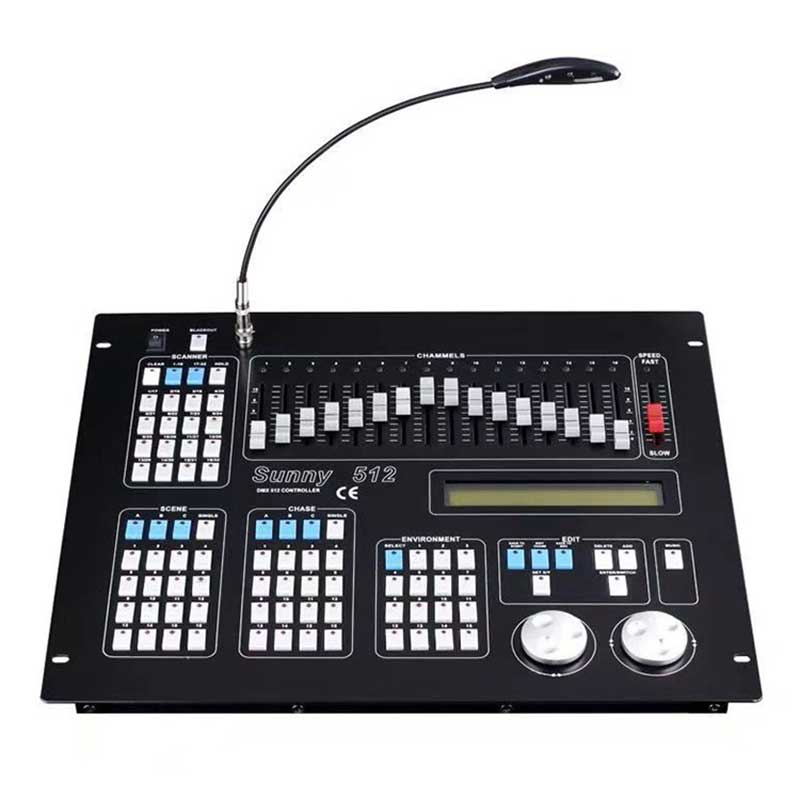

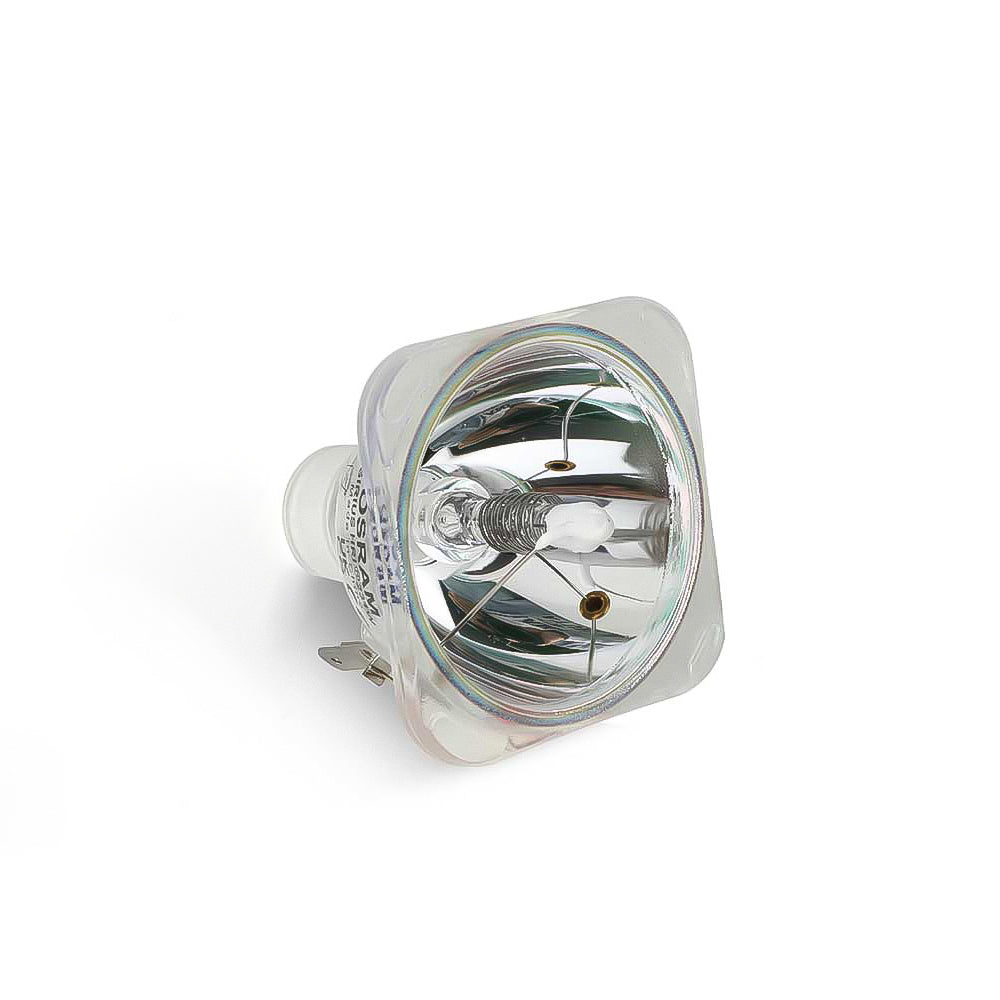


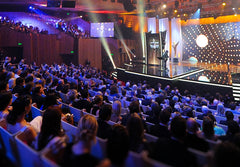
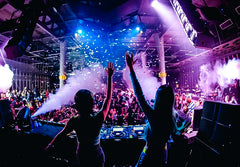


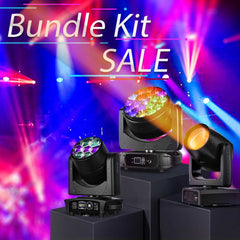
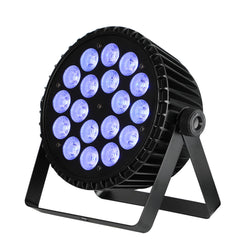




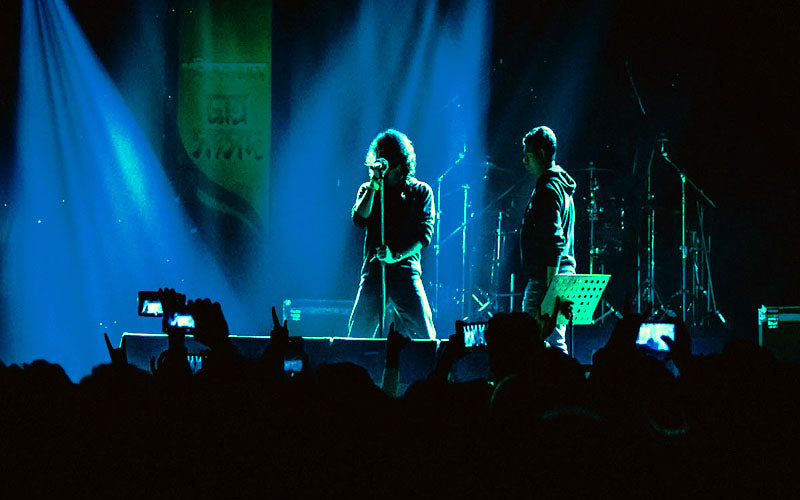
Leave a comment
This site is protected by hCaptcha and the hCaptcha Privacy Policy and Terms of Service apply.